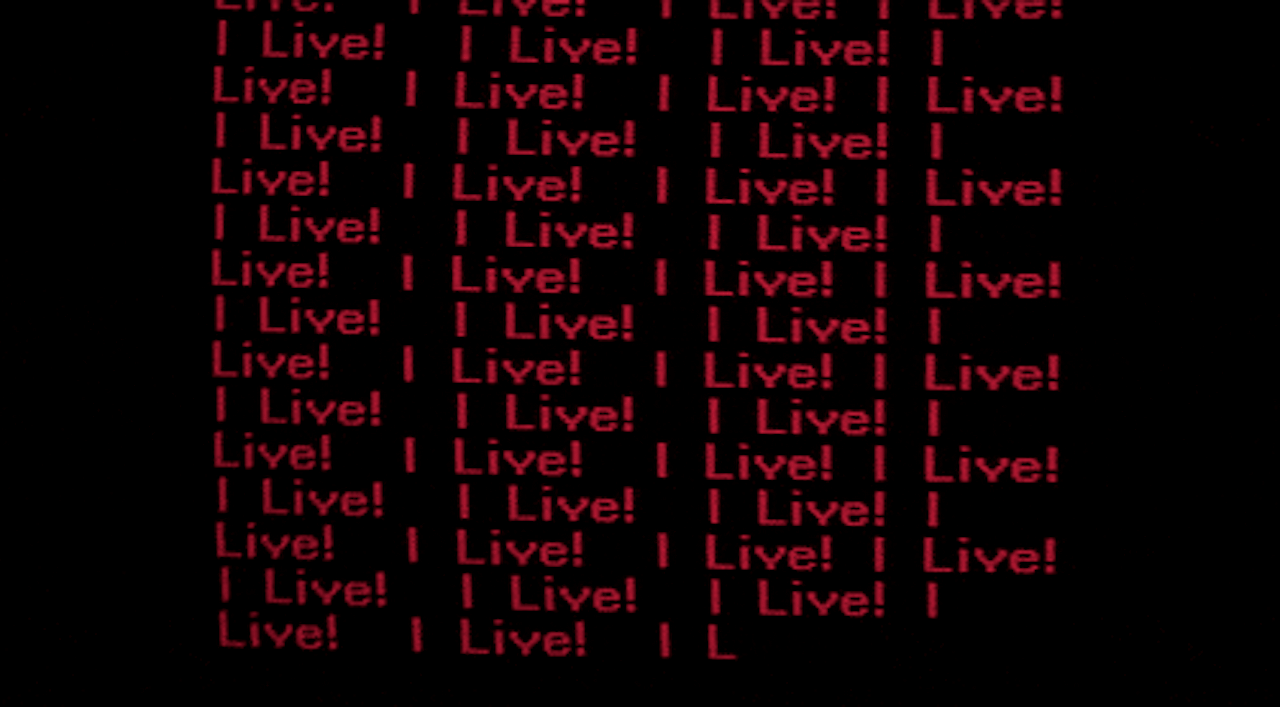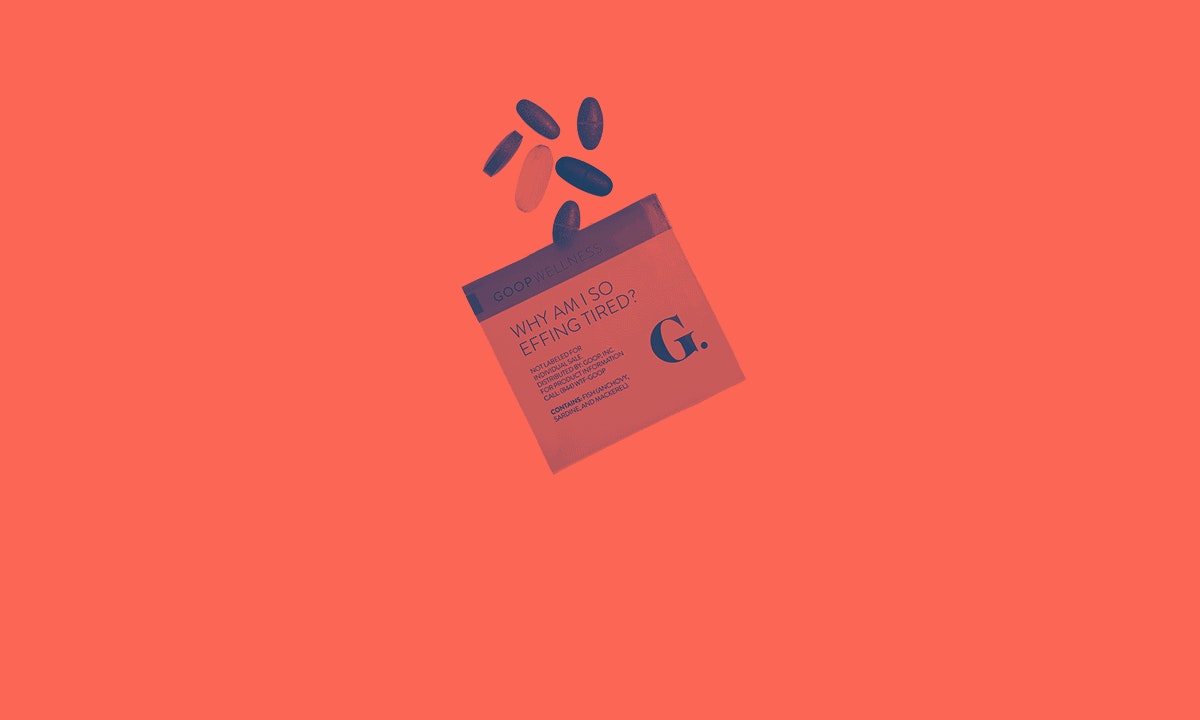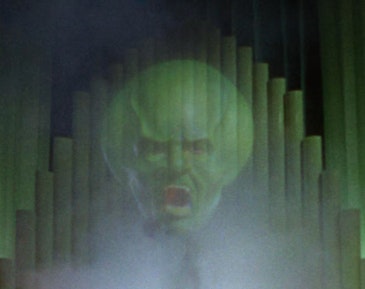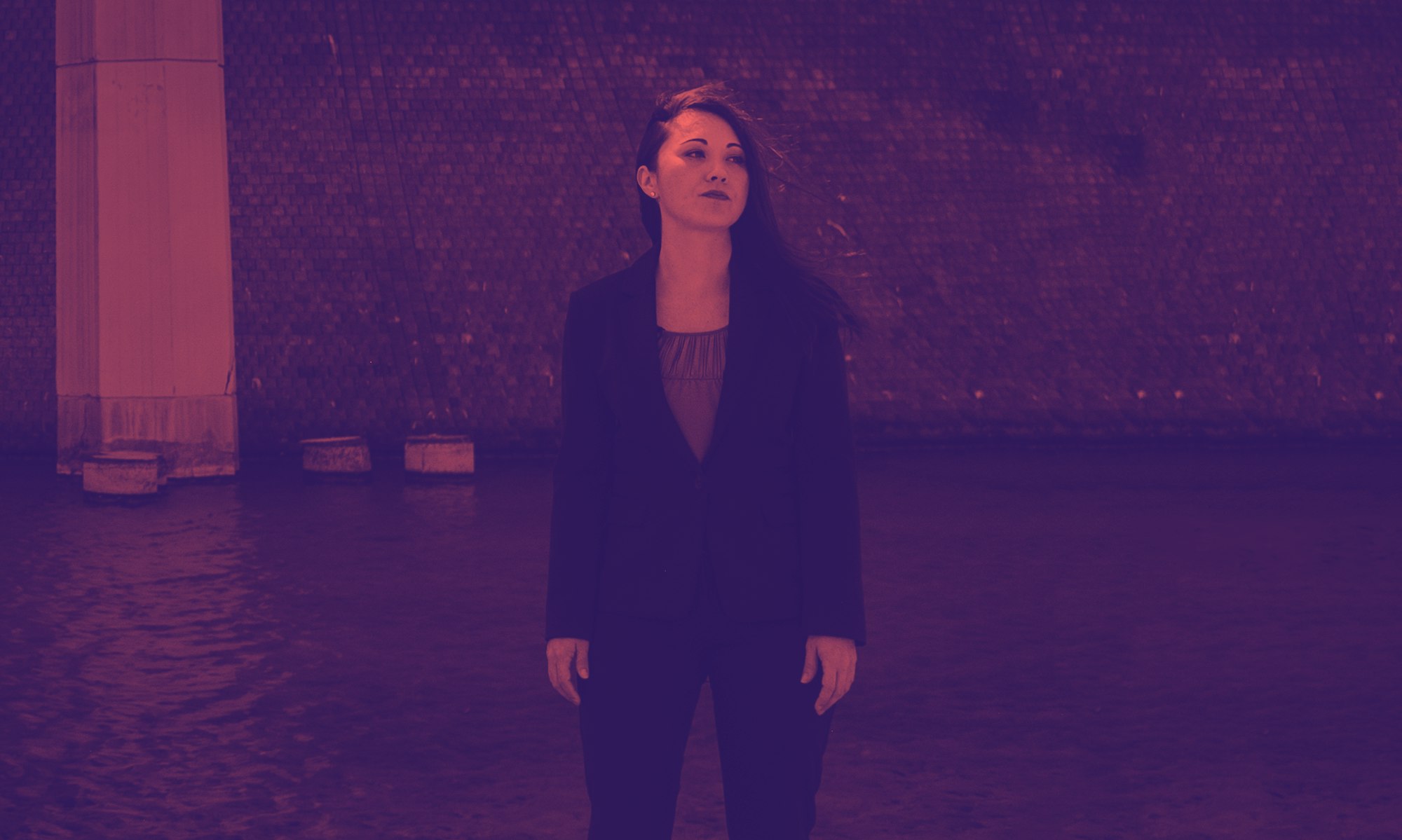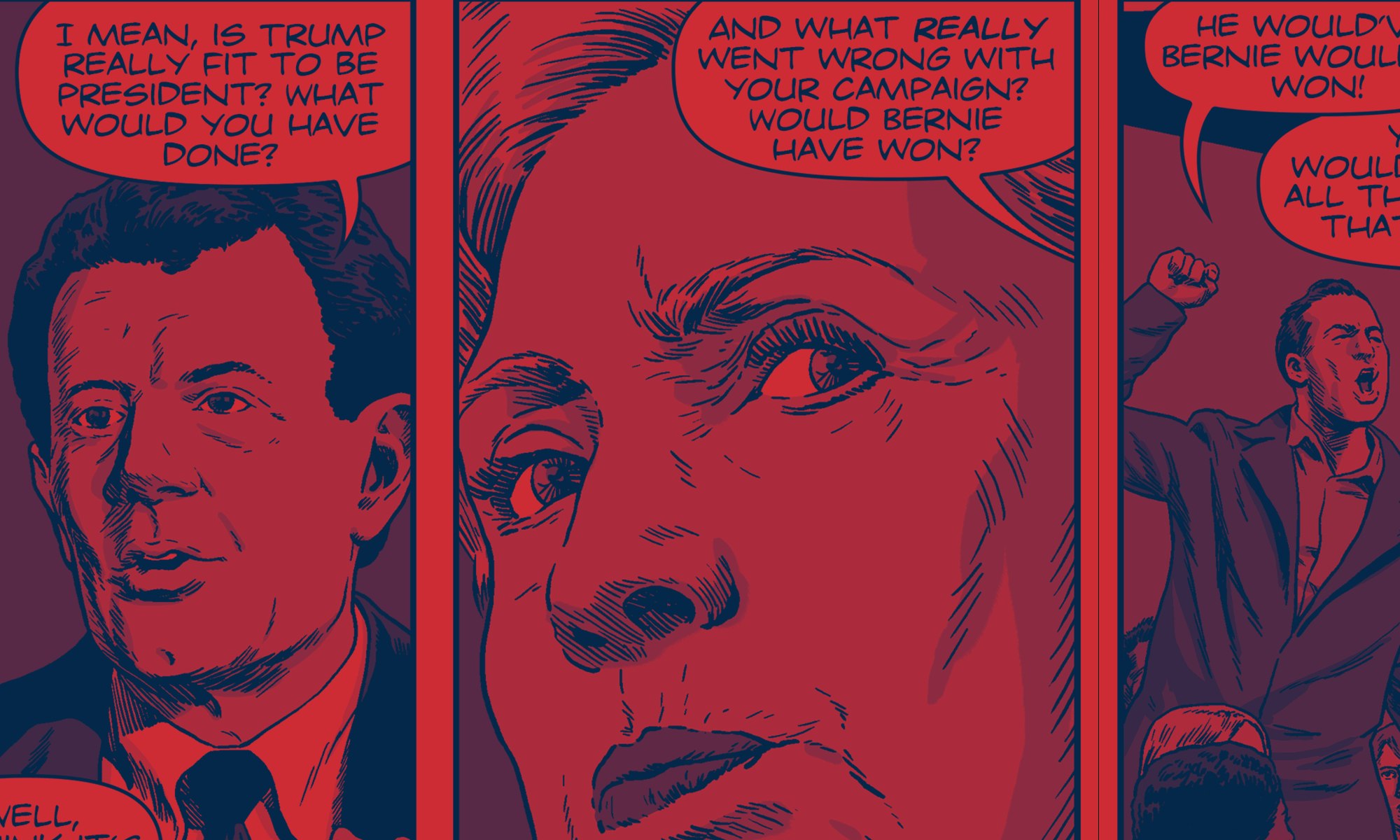A year ago — well, a year and two days — I published a letter. A note? Some thoughts (?) on the media business. It was called “Your Media Business Will Not Be Saved.” I’d written it because I was frustrated by the myopic, group-think mentality that drives most of the Big Ideas in media. I talked about the magical thinking that creates a need for the New Thing (like Facebook Live, or VR, or Snapchat) that will come along — dreamed up by a “real” “tech company” — and fix media’s fortunes. Fortunes that seem ever on the decline.
I wrote the piece at a time when I had just started fundraising for a business that I’d had in mind for quite a while. A venture that would attempt, in some small way, to right the wrongs that seemed so prevalent in the industry. A venture that would make things for a modern audience in a modern way, confront digital advertising with clear eyes, and be based on a platform for storytelling that allowed for creativity instead of forcing conformity.
The idea seemed to sound crazy to most investors I spoke to. Most of them said no. Most of them talked about scale. Reach. Size. How are you going to be the biggest, they asked. Most of them told me Facebook was the place everyone got their news from, so why did we need another brand, or product? Very few investors wanted to talk about journalism, or storytelling, or creativity, or truth.
It was not fun. It was hard. It was disheartening. No one seemed to see what I (and many of my friends in news) saw very clearly: the foundational components of modern media businesses have been built on sand that is ebbing away into the ocean. What we thought was working wasn’t working at all. And an audience that is far more savvy than we give them credit for was fed up, tuned out, and exhausted.
And! And! And! We could fix it if we tried! We could make something new! We could actually direct our own destinies, instead of relying on other people for short-term solutions to long-term problems. The great power of the internet is that you can just make something new if you want to. Why didn’t we do that more?
The great power of the internet is that you can just make something new if you want to.
But then something magical happened. I found people (or rather, they found me) who wanted to invest in a real future for media. They wanted to invest in something true, and in something that didn’t play by the same rules as everyone else. So off we went to build The Outline. This thing. It was a gamble, but hey, most great ideas start out as a gamble.
And then Trump. And “fake news.” And the failures of Facebook. And the moment we began to see clearly what the value of the media really was. What looked like success clearly wasn’t real success. Google’s systems didn’t do what they were supposed to do. Businesses discovered that placing ads on 400,000 websites had the same fucking effect as placing them on 5,000. And if InfoWars and the Daily Caller were now acceptable news sources, clearly something had gone terribly wrong. The cracks in the media had become so much more apparent.
The basic facts are this: Media as we have known it wasn’t designed to work in 2017. It was designed to work in 1908. Or 1965. Or 1994, when some direct-mail marketer invented the idea of the “clickthrough” as the metric by which all success would be judged on the internet. And we’ve been living off that same, broken, backwards idea of “scale” as our guiding light ever since. Things aren’t going to change by themselves. We can either let Facebook and Google make all of the decisions for us, or we can start charting our own course again.
And so that’s what we’ve been doing. A year and one Outline later, I’m happy to say that while the experiment is still early (we’ve only been live for about five months), the results look pretty great: media may be really fucking broken, but we’ve figured out ways to start fixing it. At least some significant parts of it.
Media may be really fucking broken, but we’ve figured out ways to start fixing it.
Here’s what we’ve learned so far:
1: People actually do care about where they get their information from, and they care about how that information is presented. Our biggest successes thus far have been on our deepest, longest, most engrossing pieces of storytelling. Stories like this epic takedown of Gwyneth Paltrow’s wellness empire. Or this deeply reported piece on how Google’s algorithms make their own kind of fake news. Or an exclusive look at how republicans in Hawaii have lost the state. Or a stack of information about the players in Trump’s Russian cabal. Or a comic book about the absurd reality we actually live in now.
People spend inordinate amounts of time on those pieces — millions of minutes — and they share them widely. We’ve also seen an outsized reaction to some of our very smart video content, pieces that use our tools to tell stories in non-linear ways, and our audio projects (speaking of, you should subscribe to our daily briefing, World Dispatch, and our new Handmaid’s Tale podcast The Red Center).
We’ve also organized our teams differently — killing silos and challenging expectations about what lane people are “allowed” to work in — so telling new stories in new ways is easier. When you put smart people to work in an environment in which they’re not forced to create “content,” they can do really amazing things that lots of other people want and need. Our audience is growing by leaps and bounds, and the growth is derived directly from reactions to stories — the deeper and smarter the stories, the bigger those reactions.
I think this industry has grossly underestimated the attention span and needs of audiences, and we’re working to counteract that every single day.
2: Tech and design matter, a lot. Building a platform from the ground up using cutting-edge technology allows us to experiment in ways that most media companies simply cannot. We are seeing all sorts of fascinating user patterns that help us understand what’s good — and what isn’t — for our audience, and much of that is because we built something with direct intent that is also highly malleable. And it helps that we’re light and scrappy, so we can react really quickly when we see something happening that we love... or hate. That’s how tech companies think. That’s how media needs to think now. Because it’s incredibly liberating to have a system for storytelling that isn’t tethered to old technologies (we built our stack on Phoenix and Elixir, which our CTO Ivar would love to tell you all about it), and workflows that are meant to serve creativity instead of checking boxes.
On the design front, it’s true that some people love the way The Outline looks, and some hate it. But no one is neutral about it. No one says “eh” when they see it. And no one thinks we’re another anonymous blog populated by random people churning out random content. But perhaps most importantly: The web is ugly. Media brands are ugly. They all look the same. They all use the same tools. They all try and replicate a form that is ancient by any conceivable metric. They all rely on someone else’s idea about what storytelling looks like. But we live in a new age. A post-iPhone age, in which an entire generation has grown up expecting a lot more from the devices in their hands. And here, we have a legitimate platform on which to build our own future. Will it be messy sometimes? Sure. But I’d rather make a mess than never do anything new.
3: Ads work if they don’t suck. They really do. One of the most frustrating things I’ve seen recently was a quote from Ev Williams, founder of Twitter and Medium, just after he laid off about 50 people. “Upon further reflection, it's clear that the broken system is ad-driven media on the internet. It simply doesn't serve people,” he opined. Dismissing the entire idea of advertising as viable in one go.
Well I’m here to report… Ev is super wrong about this. He’s right that the system is broken, but he’s wrong that what’s broken is the whole concept of advertising. But if you don’t make better ads that don’t suck, I guess it would be hard to prove otherwise. So we made better ads that don’t suck. We invented a completely new ad platform that has more in common with what Snapchat or Instagram does than with anything resembling “web advertising” (aka pop-up hell). And guess what? Not only is our interaction rate 13x industry average, our clickthrough (if you must use the metric) is 25x (that's twenty-five times) what a normal ad does (to be clear: the goal of our units isn’t even clicks, it’s engagement and interaction). And people actually like what they see. They literally tweet about them all the time. Here are just a few.
The @outline are really the only ones doing ads right.
— Stephen Radford (@steve228uk) February 7, 2017
ads on @outline are so nice
— Timothy Deng (@dengtimmy) April 24, 2017
@joshuatopolsky Never thought I’d say this, but I kind of love the ads on @outline.
— Andrew Dumont (@AndrewDumont) March 6, 2017
It’s crazy to me but it’s also really simple — show people something that makes sense to them and is not intrusive and annoying, and they won’t hate you for it. And it’s not just that people respond positively to our ads. They legitimately work better for advertisers. Because we are focusing on a specific audience, the value to advertisers is orders of magnitude higher. The Outline isn’t for every single person on the planet, and that’s the way it should be.
The simple truth is this: the Banner Industrial Complex must be destroyed. The internet is filled with boxes that everyone hates and no one touches. Hell, most ads aren’t even viewable to humans (56% of the ads on the internet literally aren’t seen). Publishers keep putting more boxes on pages, bigger boxes on pages, boxes that force you to dismiss them, boxes that push your content away. People hate those too. They block them. They are foreign objects, and they were built for all the wrong reasons.
And the really crazy part is that people openly admit to knowing that these ads have no real value. Which brings me to point #4…
4: Scale is a lie. Because of that ill-fated decision in 1994 to make internet advertising purely about who clicks on a box — now reinforced by the yawning expanse of social media — we simply don’t know what a real audience looks like anymore. We’re not even looking most of the time — just moving from platform to platform, trying to get to the highest number possible. We have built an industry on a fabrication, one that has become like religion to people who work in media.
We don’t need bigger numbers, we need saner numbers.
Having sat in these meetings and seen the math, I can tell you there is a wheel which has to be broken. The expectations of tens of millions of empty, junk-food “impressions” that few people interact with — much less even see — creates an impossible and ever-out-of-reach goal for publishers and advertisers alike. This devalues news and storytelling, makes drones out of journalists, and produces noise at levels that are so deafening, no one in the audience even knows what is going on. Our “fake news” problem didn’t just come out of nowhere. We have pushed people into a fog and now expect them to be able to find their way back home. “Scale” is nothing more than a chimera to be chased; an optical illusion. A lie we need to reject.
And finally…
This is not the end of the media. It’s the beginning.
5: No one has all the answers, but very few people are even trying to get them. And maybe this is the most important point I’m going to make.
This is not the end of the media. It’s the beginning.
We’ve just started to unravel what it means to tell a story in the 21st century with 21st century tools. We’ve just started to learn about what an audience looks like that wasn’t raised on glossy magazines and newsprint. And we’ve just started to figure out what it’s like to live in a world where we don’t take journalism and facts for granted — where we realize that there’s not an agreed upon “truth.” And a lot of the old ways of figuring this out and making it work aren’t going to work anymore. And that’s okay.
That’s why The Outline exists. That’s why I’m ecstatic every day that I get to make something with a group of people who care as much as I do about finding the real story. The honest story. The different story. A group of people who don’t mind blowing some things up to make something better.
I think the truth is that in order to save your media business — or media for that matter — what you really need is some creative destruction.
And I'm happy to be part of the wrecking crew.
